I write this as I prepare to leave Brussels for a year to visit Las Vegas for a new adventure. Although it was never on my list of places to go, I’ve been to Vegas for three years in a row thanks to my sculptures. How did this travel trend begin? It all started with a post on imgur.
Three years ago, I set myself to document every sculpture and sketch I had done in order to create a good art portfolio. During that time, I dug deep into my hard drives and old folders to find pictures of my previous work. In my archive there was a series of 3D objects created during my internship at LIX pen, a Belgian company that had a beautiful (but dysfunctional) 3D printer pen, this is where I found pictures of my favorite project back then: a black skull drawn with ABS plastic.
So, I posted this image on imgur, and within hours I received a message from someone who held a panel at the biohacking village at DEFCON, the hacking conference held every year in Las Vegas.
“Can you make a sculpture that can be hacked?”
I was asked this question during our first zoom call, and hundreds of dumb ideas came to my mind. Most ideas involved lights and sensors inside some sort of see through shell. Years before brainstorming for DEFCON, I had discovered EL wire and wanted to work with it, but didn’t ever commit the time to learn about it. This was the right project.
After a couple of days, I pitched the idea that would get me an invitation to Las Vegas. A giant see through skull made out of ABS plastic with a working “brain” that reacted to stimuli just like our human brain does. The Biohacking Lab loved the idea and bought the tickets for me and my sculpture to exhibit this sculpture. The only catch was that I had to make the sculpture within 2 months. A great challenge, except I had never worked with EL wire, and I only knew arduino by name.
Learning about the Human Brain
Some months previous to the start of this project, I had been contacted by a neuroscience researcher at UZ who saw one of my image posts on social media. Most of our conversations revolved around human anatomy, anatomical art and doing an art project together; This was the right time to reach out.
With a tight deadline approaching, Dr. Frederick was kind enough to show me his research on the brain, including contrast enhanced MRI scans, books and his own understanding of zones in the brain and how they react to different stimuli. Within a couple of days, we had mapped out how different electronic sensors could emulate a tiny fraction of what the brain can do.
It was time to start a shopping list for electronic materials. (And to learn how to use ’em)
Learning Arduino on a deadline
Most projects on my portfolio have required me to learn a brand new skill in order to complete a new piece of art. During my time as an artist, I have found that this is the best way to keep challenging myself and keep a sense of wonder during my builds. This project didn’t divert from the trend.
Aside from a giant skull made out of PLA, I would have to make sensors interact with each other, while lighting up EL wire strands in the same way our brains do when they sense what happens around us.
The final assembled sculpture would sense distance to the ground and to other objects, sounds around it, vibrations and sudden movement, the amount of oxygen in the room as well as temperature, humidity around it, and a 3 axis sensor would inform the arduino whether the sculpture was level or not.
I wish I could say I learned how to code thanks to my arduino books, but in reality, I had intense tutoring from one of the smartest people I know: Erick Rodriguez, who volunteered time and brain matter to the project. Every day, I would test out new iterations of the code, and troubleshoot the errors with Erick, who would visit every now and then to make sure I didn’t fry up an arduino or burn down the house.
All of the efforts paid off, and became Memento Vivere, my first IOT sculpture. This piece was exhibited at DEFCON, then made its way to the Mexican consulate in Las Vegas, and then to the West Sahara library. I always remember this piece as a proof that posting on social media can lead to great things for an artist.
Here’s the video shown to visitors at DEFCON who interacted with the sculpture!

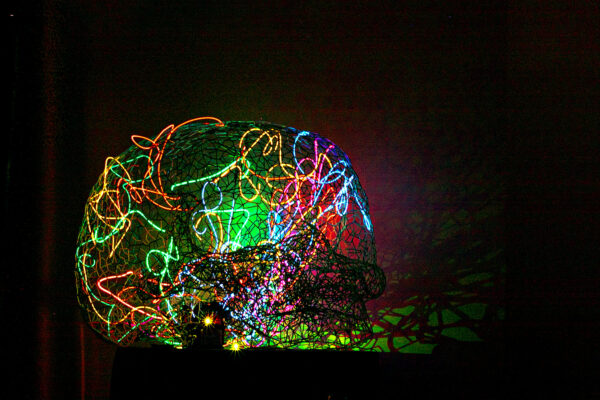
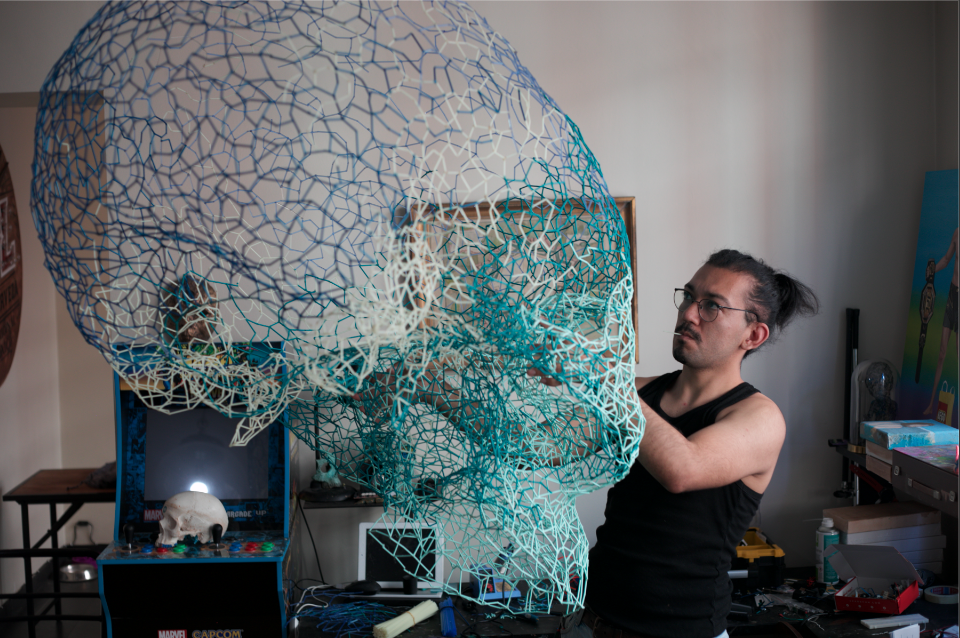
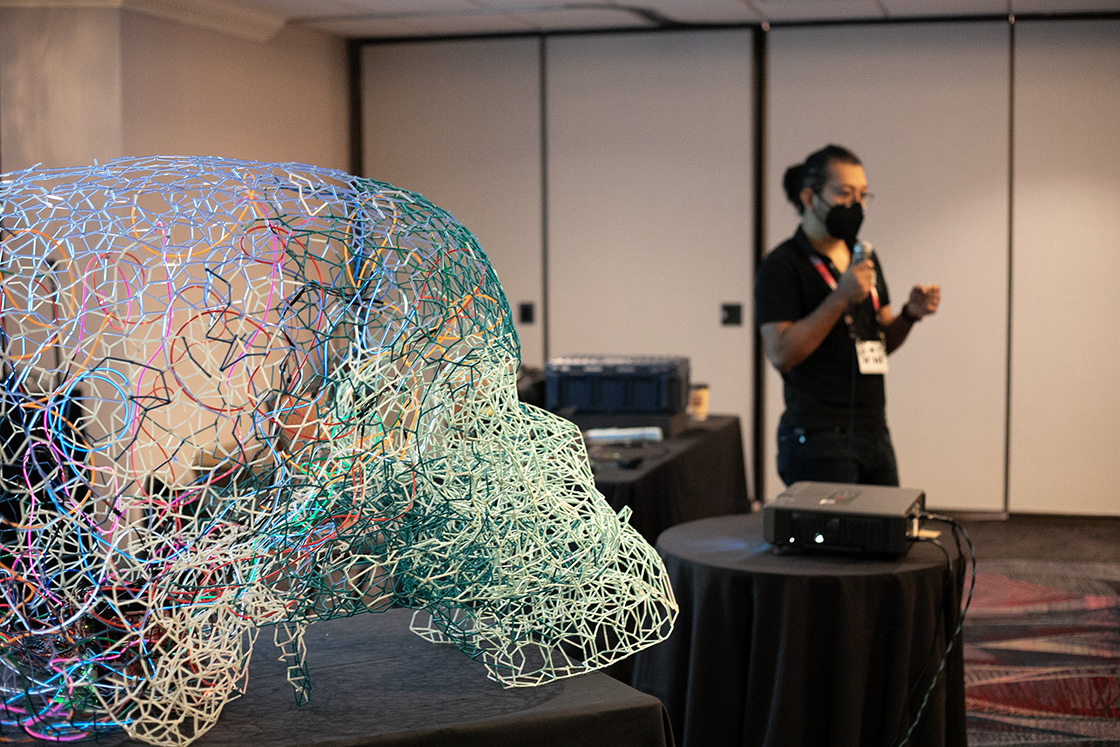
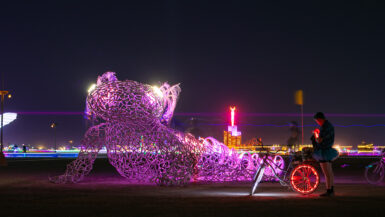
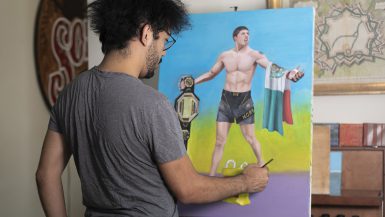
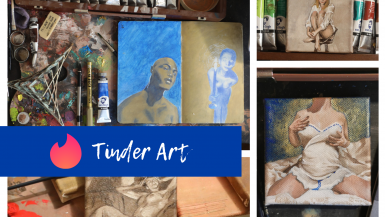
Leave a reply